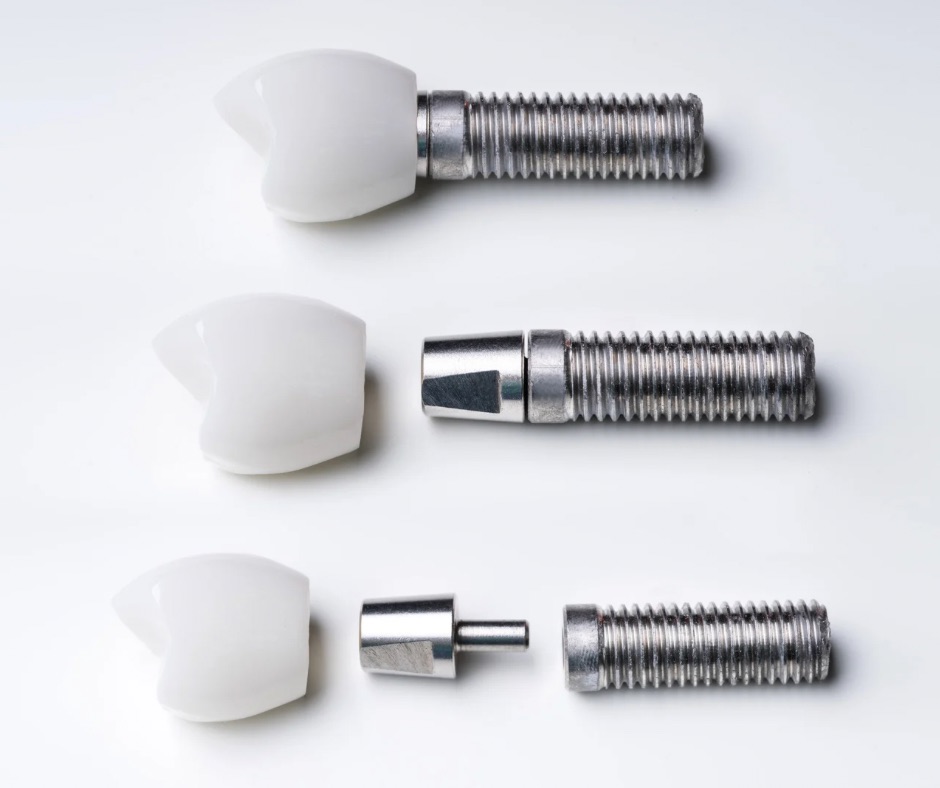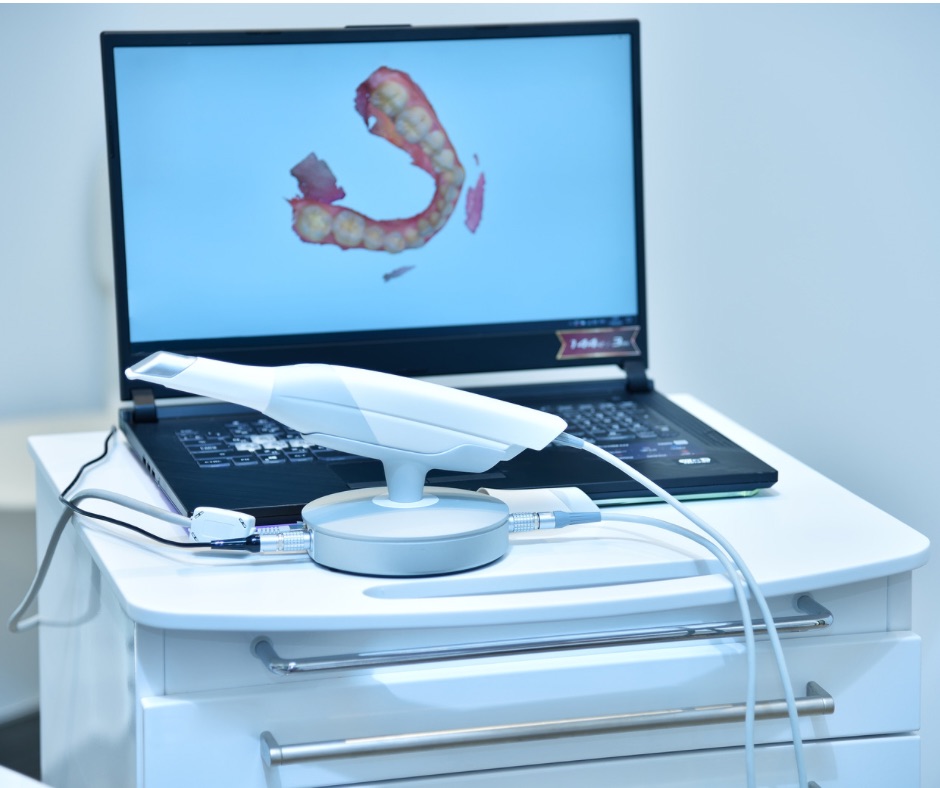Most people don’t really fancy going to the dentist. Therefore, dentists have been trying to make dental examinations as comfortable as possible for many years. With this in mind, one of the first steps is the application of anesthesia. Today, this is a standard dental procedure which, apart from alleviating pain for the patient, allows the dentist to perform their work in a precise and effective manner. Here’s what you need to know about anesthesia in dentistry…
- What is anesthesia and is it intended for everyone?
Anesthesia enables temporary insensitivity to pain during dental procedures by blocking nerves in the oral cavity. That way the patient doesn’t feel pain during the dental procedure.
It should be emphasized that anesthesia can be used on all patients, meaning that children, pregnant women, elderly individuals and others can receive it without fear of adverse health effects. The exception is patients with allergies to the anesthetic. When it comes to them, it’s necessary to check if there’s an anesthetic type they’re not allergic to.
The selection of the type of anesthetic is individual for every patient. It is based on their overall health condition and the type of procedure required.
- How many types of anesthesia are there?
Different types of anesthesia allow significant opportunities for customization according to the individual needs of each patient.
There are two basic types of anesthesia:
- general – implies complete lack of consciousness of the patient during the dental procedure, it is mainly applied during more complex surgical procedures;
- local – the most common type of anesthesia in dental practice, as its name suggests, this type of anesthesia is applied in a certain part of the oral cavity while the patient is fully conscious.
- Types of local anesthesia
Local anesthesia takes effect quickly and manifests as numbness in parts of the oral cavity, including the teeth, gums, jaw, etc. It’s mostly used during procedures such as cavity fillings, placement or replacement of fillings, tooth extractions, crown and implant installations, etc.
- Conductive anesthesia – used when anesthesia of a larger area is needed, such as an entire half of the jaw. It is often used for procedures such as wisdom tooth extraction or back teeth treatment due to larger roots.
- Infiltration anesthesia – applied directly to the area where the procedure is performed, for example, fillings or tooth extractions. The anesthetic is injected with gentle pressure in order to achieve an even distribution of anesthetic around the nerve endings.
- Intraligamentary anesthesia – allows rapid and effective anesthesia for each tooth. It is usually applied when precise and targeted anesthesia is needed for one tooth and is used for less invasive dental procedures such as tooth extractions, fillings or endodontic treatments.
- Topical (surface) anesthesia – implies a direct application of the anesthetic in the form of a spray or gel to the skin or mucous membrane. It is often used for preparing the area for other types of anesthesia in order to reduce the discomfort during needle insertion.
- Individual approach
The dentist chooses the type of anesthesia taking into account the medical conditions of the patient, their fear or anxiety caused by visits to the dentist, dental procedures (different procedures require different types of anesthesia), and, of course, previous reactions to anesthesia.
Each patient has their own unique needs and tolerance to anesthesia. Therefore, the anesthesia which, at that moment, meets all previously mentioned requirements, is chosen.
- Should you worry about complications?
Complications associated with anesthesia are extremely rare. However, if they occur, you should bear in mind that dentists are equipped to quickly and adequately address possible issues.
Two of the most common types of complications that can occur are:
- at the place of injection: pain or discomfort at the place of needle injection, swelling, bruising (usually disappear after a short time).
- distant complications: they are very, relate to allergic reactions to the anesthetic ingredients and can manifest as mild rash to severe allergic reactions.
- General anesthesia and sedation
As we have mentioned earlier, general anesthesia is usually applied in more complex surgical procedures. It implies a gradual (and reversible) reduction of the function of the central nervous system which makes the patient unconscious and insensitive to pain. The patient doesn’t remember undergoing a medical procedure.
However, in dentistry, conscious sedation is mostly used in adults. This is a procedure in which, by applying intravenous medications, a state of relaxation for the patient is achieved and their fear and discomfort are reduced. The patient is awake the whole time, communicates with the dentist, but doesn’t feel discomfort, pain or fear.













